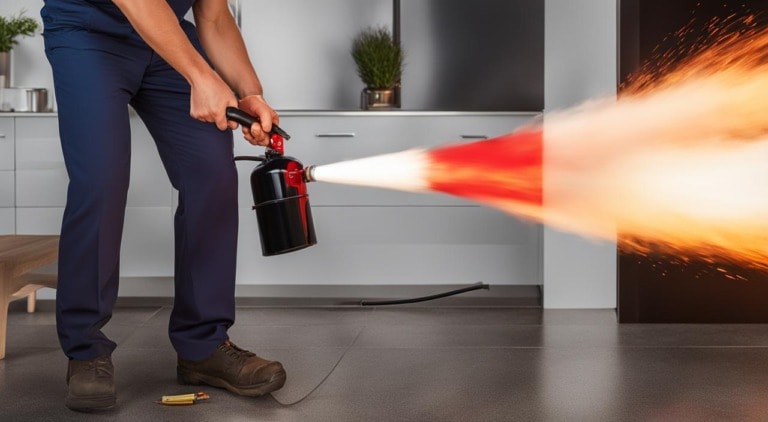
Returning to your house after a fire can be a difficult and emotional process. When it comes to using dishes after a house fire, there are important safety concerns to consider.
It is crucial to assess the damage and the overall safety of your home before attempting to clean up. After a thorough damage assessment by professionals, including checking for structural issues and hidden damage, you can determine whether it is safe to use your dishes.
It is recommended to consult with your insurance company and follow their guidance to ensure proper cleaning and recovery.
What to Throw Away After a House Fire
After a house fire, it is crucial to identify and dispose of items that have been damaged beyond repair or pose a safety risk. Here are some items that you should throw away:
- Electrical equipment: Any electrical appliances or devices that were exposed to fire or water damage should be discarded. This includes kitchen appliances, televisions, computers, and power tools.
- Burned clothes and large textiles: Clothing, curtains, blankets, and other textiles that have been burned or heavily charred should be disposed of. Smoke and soot can also penetrate fabrics, making them difficult to clean and potentially hazardous to use.
- Furniture: Furniture that has been severely burned, warped, or waterlogged should be thrown away. Upholstered furniture can absorb smoke and toxic substances, posing health risks.
- Cosmetics and medicine: Personal care products such as makeup, lotions, and medications can be contaminated by smoke, heat, or water. It is best to discard these items to avoid potential health hazards.
- Food items: Any perishable food that has been exposed to fire or extreme heat should be discarded, as it may have been contaminated by smoke, soot, or chemicals. Canned goods with signs of damage or heat exposure should also be thrown away.
Remember, safety is the top priority after a house fire. It is better to err on the side of caution and dispose of items that may pose a risk to your health and wellbeing. Consult with professionals and follow their guidance when determining what to throw away.

Salvaging Possessions After a House Fire
A house fire can leave behind a trail of devastation, but certain belongings can be salvaged with the right approach to cleaning and restoration. While some items may be beyond repair, others can undergo a transformation that allows them to be used once again. Here are some valuable tips on salvaging possessions after a house fire.
Carefully Assessing Glass and Ceramics
Glassware and ceramics can often withstand the intense heat of a house fire. However, it is important to carefully inspect each item for any visible signs of damage, such as cracks or chips. Any items with structural weaknesses should not be salvaged, as they may pose a risk when used. For those that pass the inspection, thorough cleaning with warm soapy water and disinfectants can help restore their usability.
Reviving Textiles, Clothing, and Bedding
Textiles, clothing, bedding, and towels that have been exposed to a house fire can be salvaged with professional cleaning services. It is crucial to consult with restoration experts who specialize in fire damage. They can assess the extent of damage and utilize specialized techniques to remove soot, smoke odor, and stains. With proper care, these items can be restored to their pre-fire condition.
Addressing Hardwood Flooring
Hardwood flooring is another aspect of your home that can potentially be salvaged after a fire. The first step is to assess the extent of damage, including checking for warping, charring, or discoloration. If the damage is minor, sanding and refinishing the floor can help restore its appearance. However, severe damage may require replacement. It is advisable to consult with a professional flooring contractor to determine the best course of action.
While salvaging possessions after a house fire is possible, it is crucial to prioritize safety and consult with experts who can guide you through the process. Remember to document all damaged items and consult with your insurance company to ensure a smooth and efficient recovery.






